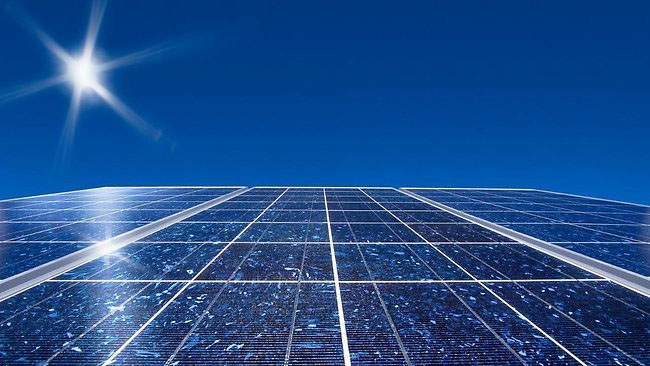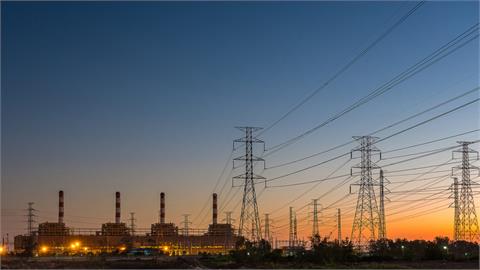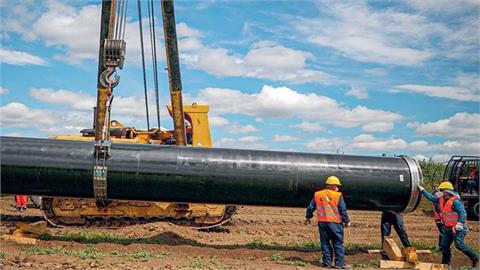by Thomas Hillig * Thomas Hillig from THEnergy, discusses the growing trend for the deployment of renewables, specifically solar PV, next to mines. In response to issues, like lifetime differences between a solar plant and a mine, bespoke solutions are being created
Thomas Hillig from THEnergy, discusses the growing trend for the deployment of renewables, specifically solar PV, next to mines. In response to issues, like lifetime differences between a solar plant and a mine, bespoke solutions are being created. However, while there is a positive business case for combining the two industries, barriers in the mining industry exist, which must be overcome if the positive trend is to continue.
At the beginning of this year, two major announcements triggered huge interest in the topic of renewable energy and mining. Sandfire Resources declared its intention to build a 10.6 MW PV plant at the DeGrussa copper mine in Western Australia. The project would be approximately 10 times bigger than the largest existing solar-diesel hybrid power plant in the mining sector globally. Just a week later, South African-focused Sibanye Gold announced plans to build a 150 MW PV plant, to supply several mining operations with its aim to control over its energy costs, which comprise 20% of its total operating costs.
It can be expected that this development is only one step in a major shift towards the application of renewable energy in the mining sector. Production costs for PV and storage are coming further down and mining itself is getting more familiar with solar solutions. Mining companies are no longer afraid that solar energy is impacting their operations in a negative way. This fear was especially valid for solar-diesel-hybrid solutions. In addition, more IPPs are offering solutions for the mining industry. The mining industry is considered as a reliable partner for long-term PPAs.
Re-deployable solar systems
Smaller,
tailor-made solar solutions are being increasingly developed for mining
applications. Redavia built its first, 63 kW, PV power plant in
Tanzania in 2014, for instance, while Laing O’Rourke completed the
installation of a 144 kW plant in Australia this year.
Both follow a similar concept, which accounts for the fact that the lifetime of mining operations can be shorter than the lifetime of PV plants: the concept of re-deployable solar plants overcomes the barriers and risks associated with permanent installations.
Another advantage is that re-deployable PV plants create additional financing options, including rental or leasing. For many mining companies, energy generation is still not considered a core competence and often the relatively high capital expenditure for renewable energy solutions is a barrier for projects: they are not used to paying for their electricity beforehand, and particularly for periods of over 15 years.
Barriers
Current low oil
prices have caused uncertainty in all solar-diesel hybrid markets over
the last few months. In many cases, however, oil prices don’t translate
one-to-one into lower diesel prices, as transportation, tax and theft
are other cost-drivers unaffected by them. The vast majority of solar
plants at remote off-grid mining locations are still extremely
profitable: even at today’s oil prices, the costs of generating
electricity from PV are regularly 50 to 60% lower than those from diesel
at remote locations. To illustrate, electricity from diesel is
regularly above 0.20$/kWh, even taking into account the lower oil
prices.
Despite a favorable business case for installing solar at mines, the following barriers can, nevertheless, be observed:
1. For psychological reasons, decision makers in the mining industry and to some extent IPPs still long for the even more positive business case of the past In the past, when oil prices where even higher solar was frequently more than 70% less expensive than electricity from diesel.
2. On the priority list of mining companies, electricity costs have become less important due to lower diesel prices, which has caused cost for electricity to come down. Mines have reached their cost saving targets without the need to do anything.
3. The assumption of constantly increasing diesel prices, which is incorporated in many hybrid business cases, will be difficult to defend even if and when oil prices recover.
These factors might slow down the deployment of solar applications in the mining industry for some time, at least until the diesel price recovers in maybe 1-2 years, and investment decisions postponed. Probably in the short term most projects will be built with a lower solar penetration (solar in comparison to diesel at peak consumption, because quite often the lower diesel prices do not justify from a financial perspective the use of storage. Higher investment cost and cost/kWh diesel provides the spinning reserve which otherwise would could have been replaced by storage – nevertheless there are still business cases that allow for shutting down the diesel gensets during the day by using storage. But the interest of the mining industry in renewable energy solutions is growing. This I evident in the number of projects, players that are entering the industry, positions that are created within mining companies.
The mining press, for instance, is increasingly reporting on the topic; and several conferences focusing on the marriage of renewable energy (and solar) with mining have been held, amongst them Energy and Mines in Toronto, Santiago de Chile and Johannesburg, and next year in London, and Solar-Diesel-Africa had a focus on mining. In recent months, we have also seen traditional genset companies with a footprint in mining, such as Caterpillar, entering the market by integrating renewable energy solutions into its portfolio.
Profitable future
Mining
is an interesting target segment for solar solution providers and
investors, because electricity consumption is higher than in most other
remote industries. A second factor is that these players see, in mining
companies, reliable partners. Mining companies have often a good credit
rating and have a long-term history, and expectations are that they will
be still be in operation as long as 20 years into the future.
A recent THEnergy study analyses how mining companies can profit from renewable energy beyond electricity costs. The study is based on expert interviews, with a total of 23 interviews conducted with experts from the financial / investment, mining and renewable energy sectors.
The study concludes that those actively moving towards renewable energy have recognized threats regarding conventional energy costs and environmental movements For companies that have as well activities in coal-mining the "divestment movement” is a major problem.
The financial markets reward companies that do not remain captives of the past, but instead are actively seeking new solutions. In this regard, it does not matter whether this is about renewable energy investment, or solar self-consumption. The use of renewable energy is interpreted by the financial markets as a signal for a flexible and forward-looking decision-making process; mining companies that are first movers in actively integrating renewables into their energy mix are therefore considered as progressive and better managed.
Investors in general like management that questions the existing business model and is open for new solutions. In the traditional decision making-process of mining companies, renewable energy with its advantages often does not play any role. If mining management is open for innovative renewable energy solutions and moves toward new energy solutions quickly investors honor this.
They are more confident that these managers think out of the box and adopt other decision as well at an early stage..
As incentives such as feed-in tariffs, ROCs and tax credits are becoming increasingly scarce, the solar industry has to turn toward electricity consumers. Mining might be a catalyst for this development, because for solar-diesel hybrid power plants the business case already today is excellent without any incentives. When prices will fall even more solar will be similarly competitive for any grid-connected mine and for industrial applications that typically are not located as remotely as mining. The challenge for the solar industry is to adapt the sales process accordingly today. One key success factor will be to come up with online supported sales processes that identify leads automatically and require less travelling to industrial decision makers that might be located at remote places.
For individual solar-diesel hybrid power plants we might soon see investments of €50 million (US$55 million) and more. Almost every mine in the world could turn to renewables for part of their energy supply. The low hanging fruit is solar-diesel-hybird applications at remote locations where diesel is particularly expensive due to transportation costs.
Within the next years solar could provide installations with a
capacity of more than 2 GW annual. The oil price and local fuel and
electricity subsidies as well as short term price developments regarding
module, inverter and storage prices play and important role in this
development and are difficult to forecast.
*Dr.
Thomas Hillig Energy Consulting (THEnergy) assists companies from the
renewable energy, with a specific focus on solar, and e-mobility
industries in dealing with the main market-challenges. One of the
consulting focusses is to assist EPCs, project developers and component
manufacturers – mainly storage suppliers – in finding their way to
industrial markets. The online platform "Renewables & Mining”
provides background information such as reports and a plant database for
the interface between renewable energy and mining as well as the cement
industry. The platform "Renewables on Islands” covers with islands
resorts and hotels the segment of the tourism industry that has to cope
with particularly high energy costs. Besides strategy consulting, online
supported sales processes that allow for addressing industrial
customers in a cost efficient way play a major role in THEnergy’s
consulting services.




